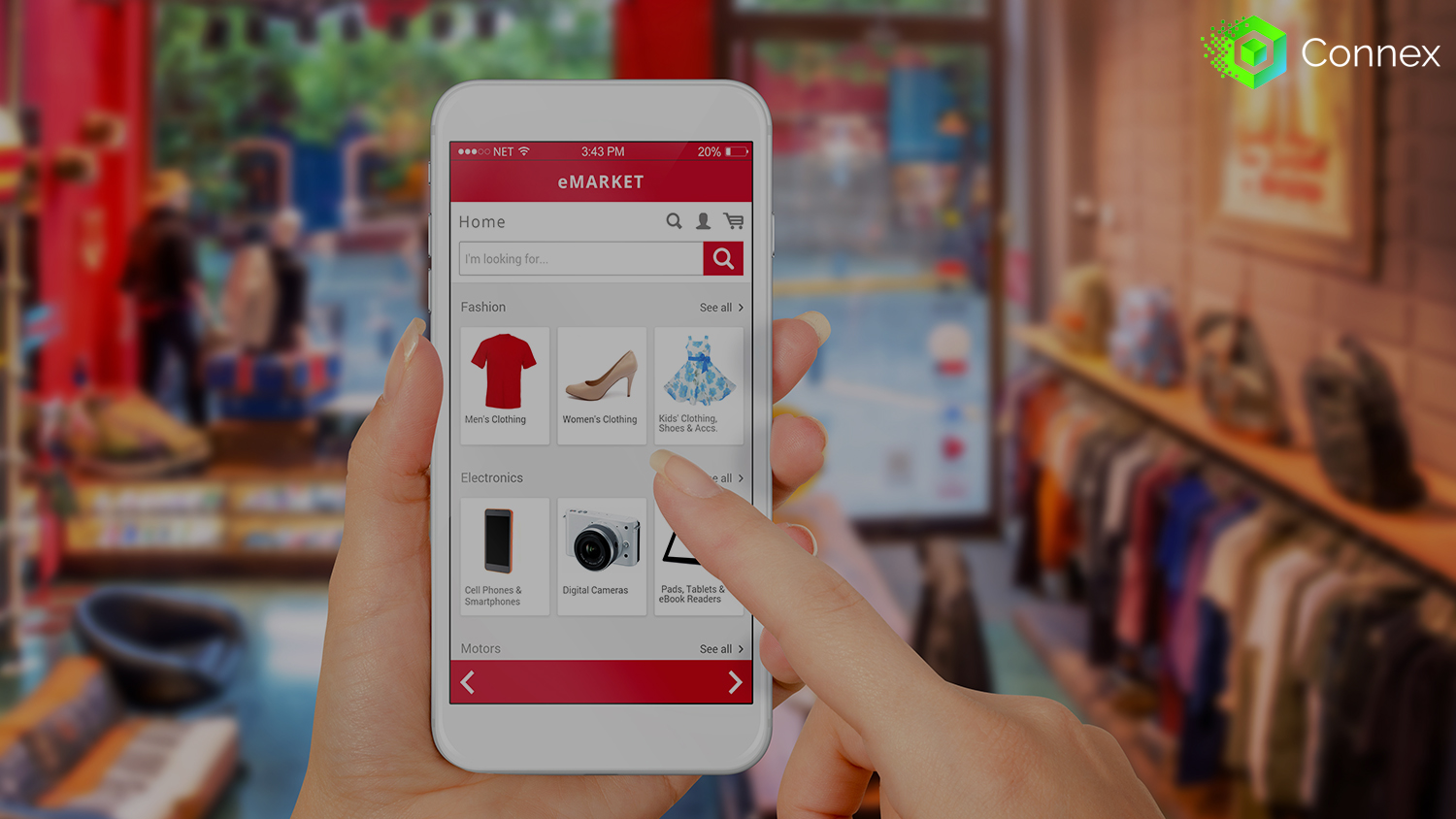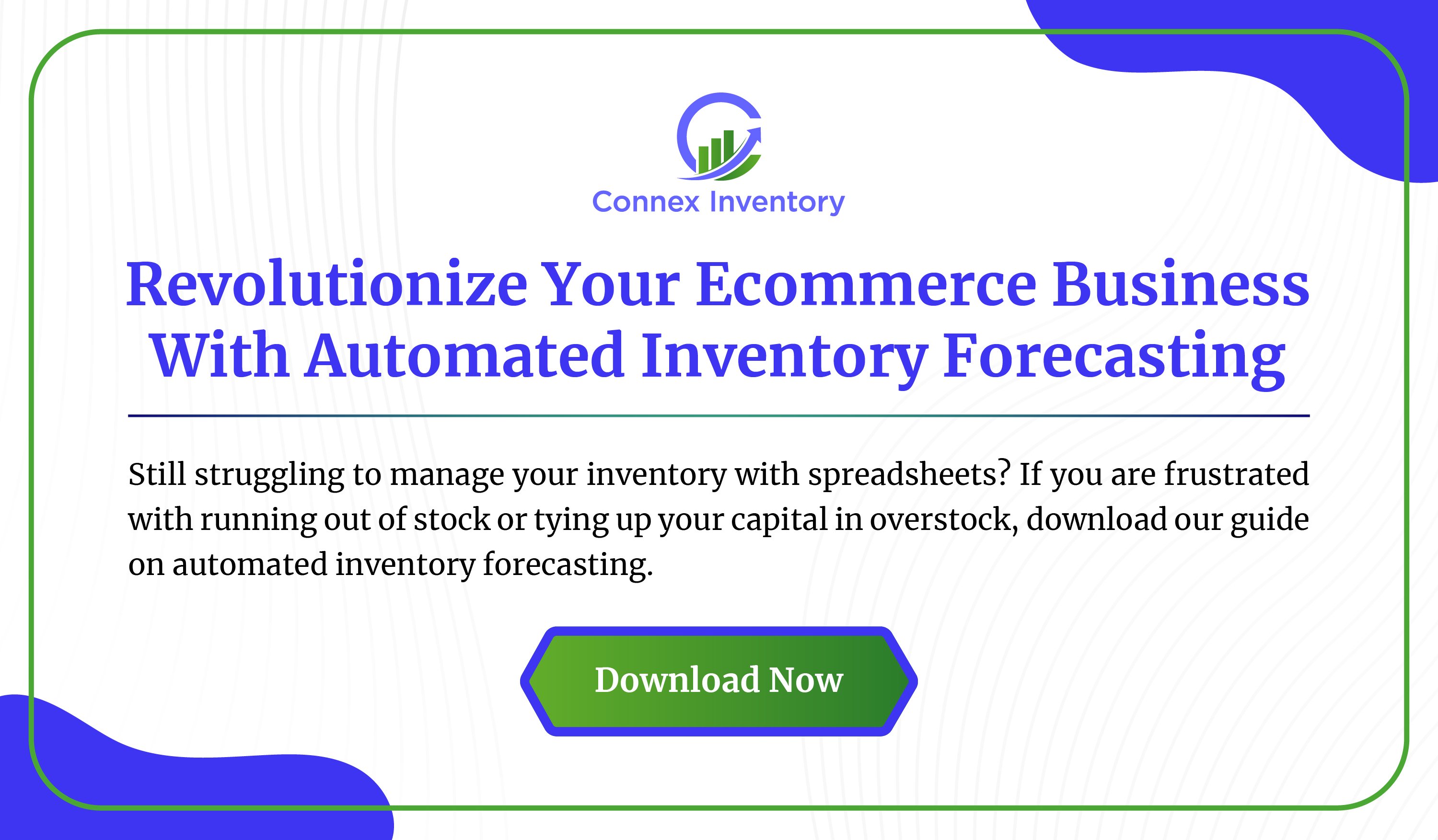In the journey of your business, there comes a time when you need to make critical decisions about your product line. You may be at a crossroads, deliberating on introducing a new product or phasing out an underperforming one.
However, before you make these pivotal decisions, it's essential to consider a range of factors to ensure you're making the best choices for the longevity and health of your business. Below are some factors we outlined before discontinuing or adding to your product.
Understanding Costs: Fixed and Variable
A primary factor to ponder is the nature of the costs associated with your product, both fixed and variable. Fixed costs remain constant, regardless of the number of products you produce or sell. These encompass direct fixed costs and fixed manufacturing costs.
In contrast, variable costs change in direct correlation to the volume of product you produce. Therefore, a comprehensive understanding of these costs is indispensable when making an informed decision.
Fixed Costs
Fixed costs, including rent, salaries, and utilities, do not fluctuate with the number of units you produce. Therefore, these costs are inevitable and must be paid even if your product line does not yield a profit. Given their significant nature, it's vital to incorporate them into your decision-making process.
Variable Costs
Variable costs, such as materials, direct labor, transportation, and storage, alter depending on how many units you produce. If you're contemplating adding a new product to your line, consider how these costs will change and whether your business can absorb these adjustments.
Sales and Marketing Performance
The performance of your sales and marketing efforts is another critical factor. If a product isn't selling well, it could indicate that it's not resonating with your target market or your marketing strategies aren't effective.
Analyzing your sales data and marketing metrics can offer valuable insights into whether changes are necessary and where they should be made.
Customer Service Costs
Don't underestimate the impact of customer service costs on your decision to add or discontinue a product. A product that demands extensive customer support may erode your profits. Evaluate whether the product is worth the additional costs or if those resources could be more efficiently deployed elsewhere.
Transportation and Storage Costs
You must account for transportation and storage costs when introducing a new product. According to the United States Department of Transportation, transportation costs account for an average of 10% of total product costs in the retail industry.
These can significantly inflate the overall costs of a product, especially if it's bulky, fragile, or requires specific storage conditions. So always factor these costs into your decision-making process.
Measurable Outsourced Accounting Services
Outsourcing your accounting can provide a valuable perspective on your financial situation. However, measurable outsourced accounting services can offer insight into your direct financial costs and help you understand where your money is going. In addition, these services can help you identify the relevant costs associated with adding or discontinuing a product.
Direct Financial Costs
Direct financial costs are the explicit costs that can be directly traced to producing a product. They typically include material, labor, and other expenses directly tied to production.
If these costs are high for a specific product and its sales performance is poor, it can directly impact the company's profitability.
Therefore, it's crucial to closely monitor these factors and consider discontinuing the product if it fails to cover these expenses or contributes adequately to the bottom line.
Selling Costs
Selling costs are the costs associated with promoting and selling a product. They include expenses such as advertising, sales commissions, and promotional activities. These costs are vital in making a product visible to the market and driving sales.
However, if these costs are higher than the profit margin for a product, it signifies that the product is not financially viable.
Therefore, allocating those resources to other products or areas of the business may be more beneficial, leading to the consideration of discontinuing the product.
Relevant Costs
This refers to the costs that will change based on your decisions. They can include direct costs like materials and indirect costs like overhead.
Relevant costs are crucial in decision-making as they provide a clear picture of the financial implications of different choices.
For instance, if you are considering discontinuing a product, the relevant costs would be the expenses that will be eliminated with the product. Therefore, identifying these costs can provide a better understanding of the potential savings and financial impact of discontinuing a product.
Proper Cost Segregation Techniques
Proper cost segregation techniques are tools used to identify and categorize the costs associated with each product. By segregating costs, you can accurately determine the total cost of producing and selling each product.
These techniques are useful when deciding whether to discontinue a product or not. For example, if a product has high costs not offset by its sales, discontinuing it may be more cost-effective.
Additionally, cost segregation techniques can help identify areas where costs can be reduced, providing opportunities for improving profitability.
Product Cannibalization
Product cannibalization is a scenario that can dramatically affect the performance of your product line. It occurs when one product undermines the sales of another within the same range.
For instance, you may offer a basic and slightly pricier, more profitable upgraded model. While customers may gravitate towards the basic model based on cost alone, offering only the upgraded model could result in a minor drop in sales but higher overall profits.
Introducing a new model in the smartphone market often leads to decreased sales of the older model due to cannibalization.
To monitor cannibalization, solicit customer feedback to understand their product selection rationale. Additionally, you might consider temporarily discontinuing one product to gauge if sales of the other spike during that period.
Understanding Your Numbers
Like many business decisions, the crux lies in comprehending your financials. The more accurately you understand how a product impacts your bottom line, the more informed your decision will be when deciding whether to discontinue a product line.
According to Score, 80% of businesses that fail cite poor financial management as a contributing factor.
If your business requires assistance, consider leveraging measurable outsourced accounting services. A consultation can introduce you to various services tailored to your needs.
From providing proactive insights and custom financial reporting to recommending third-party software and offering controller oversight, these services are designed to address your accounting needs and ensure everything is handled correctly.
Sell Money Losing Products
At times, it may seem counterintuitive to sell money-losing products. However, considering the broader impact on your product line and overall business might make this a strategic decision. For instance, these products could attract new customers, boost overall sales volume, or provide a competitive edge.
Before discontinuing such products, consider how they fit into your business strategy. There might be other ways to optimize these products or offset their costs.
How Connex Inventory Can Help You Keep Track of What to Add or Discontinue
Connex Inventory, a robust inventory management software, can significantly manage and optimize your discounting strategies. Here's how:
Real-Time Inventory Management
Connex Inventory provides real-time visibility into your stock levels. This feature can help you identify overstocked items that could be discounted to clear space, improve cash flow, and reduce holding costs.
Data Analysis
The software offers powerful data analysis tools to help you understand selling patterns. By analyzing this data, you can identify products that sell well at certain times or under specific conditions. This knowledge can inform when and how much to discount certain items to boost sales without unnecessarily sacrificing profits.
Pricing Management
With Connex Inventory, you can easily adjust prices across different channels. This feature is particularly useful when applying discounts across multiple sales platforms. You can ensure consistent pricing and avoid customer confusion or dissatisfaction.
Sales Forecasting
Connex Inventory also aids in sales forecasting by analyzing historical sales data. Accurate forecasting can inform your discounting strategy by predicting which products will likely require discounting in the future to maintain optimal inventory levels.
Integration
Connex Inventory integrates with systems like Point of Sale (POS) or eCommerce platforms. This integration allows seamless, automated updates when discounts are applied, ensuring accurate, real-time inventory and sales data.
Wrapping Up
Making informed decisions about introducing or discontinuing a product is crucial for the success and growth of your business. By carefully considering the abovementioned factors and gaining a deep understanding of your financials, you can navigate these decisions with confidence and clarity.
But that's not all. The right tools and support are essential in today's fast-paced business landscape. That's where Connex comes in. Connex offers measurable outsourced accounting services that can revolutionize your financial management.
From proactive insights and custom financial reporting to third-party software recommendations and controller oversight, Connex goes beyond handling your accounting needs – they ensure it's done right.
Imagine having a team of experts dedicated to optimizing your financial processes, providing valuable insights, and helping you make data-driven decisions. Our inventory software can help uncover hidden costs, identify profitable product lines, and streamline operations.




